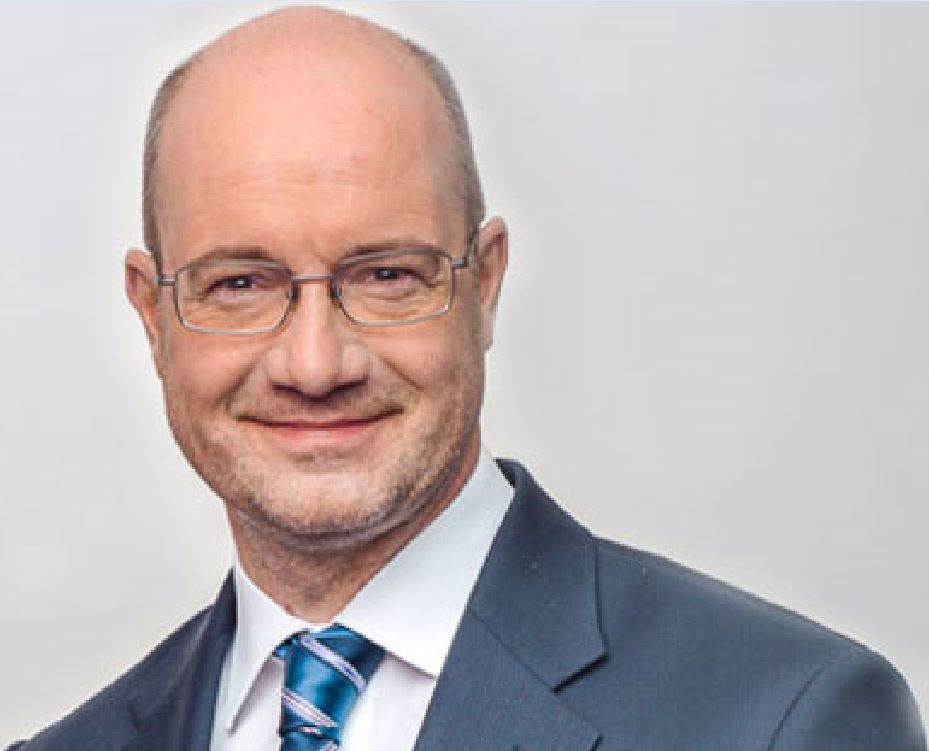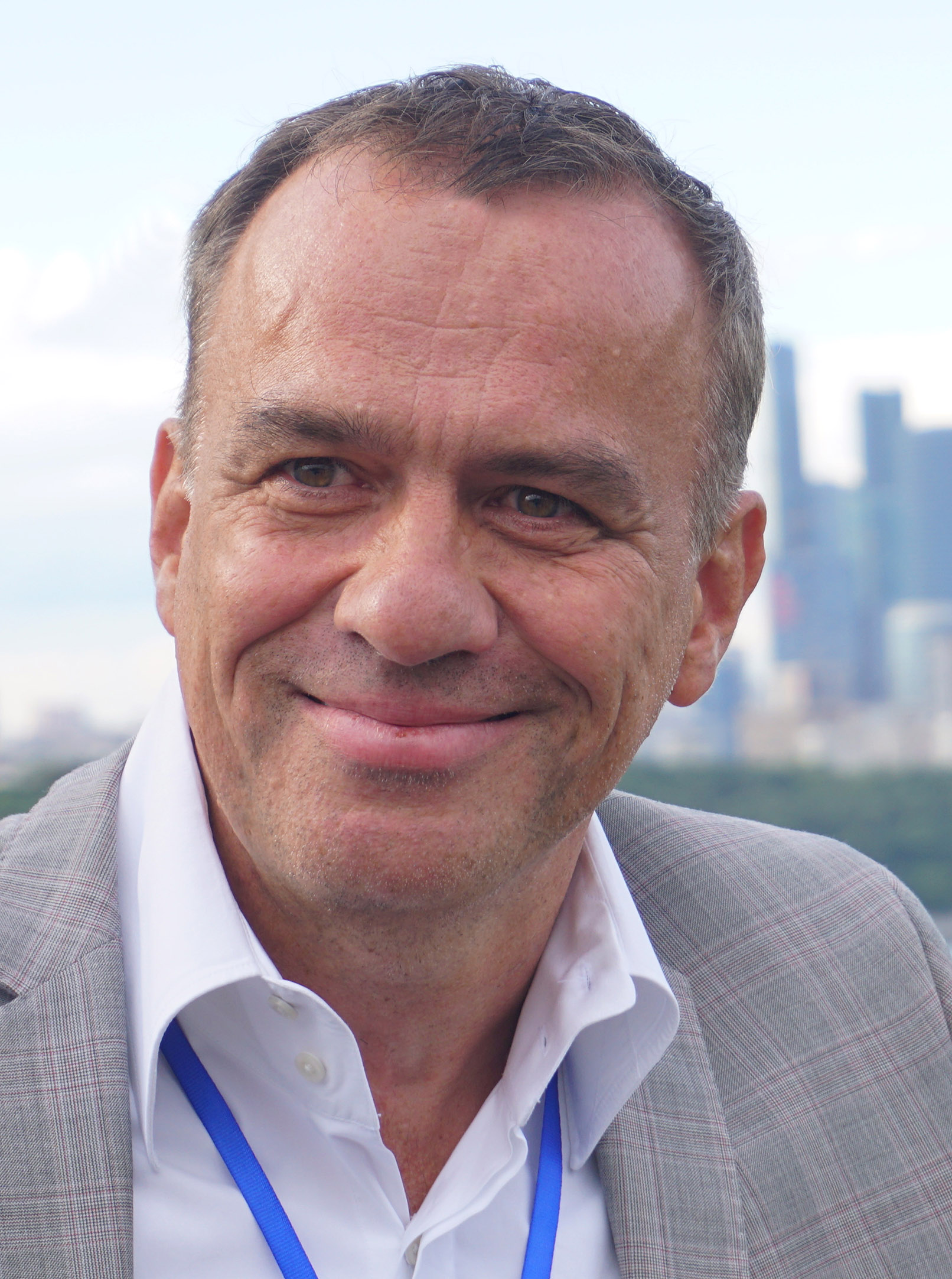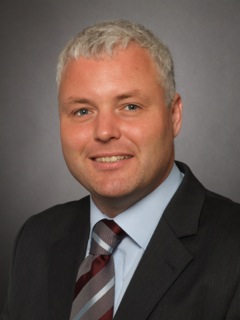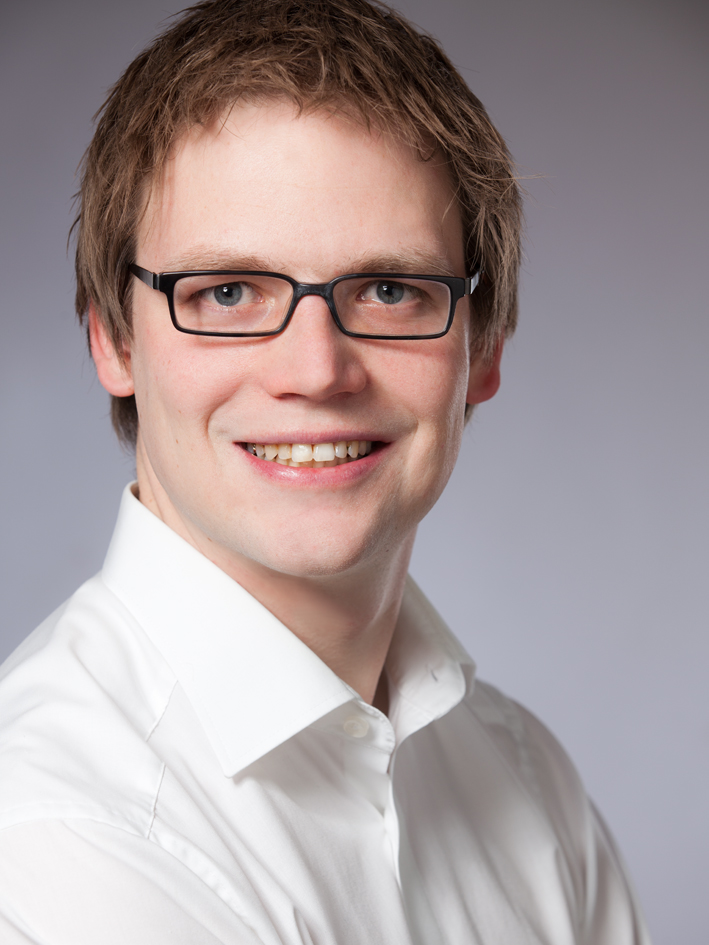Steinbeis experts help the rural district of Vorpommern-Greifswald with the redesign of emergency medical services
Many outlying areas are discovering that they have access to fewer and fewer paramedics, despite the rising numbers of emergencies. Now digital technology is coming to the rescue. One solution to this problem is emergency telemedicine – physicians providing support through an ops room equipped with telephones, videoconferencing, and real-time sharing of vital statistics. A pilot project called Land|Rettung (“Country|Rescue”) is currently underway in around 70 sparsely populated areas of Germany to gauge how best to keep offering high quality emergency services at a reasonable cost.
The €5.5 million project is being backed by an in-house emergency unit run by the district of Vorpommern-Greifswald in collaboration with the Steinbeis Transfer Institute zeb/business.school, the University of Greifswald, University Medicine Greifswald, and an innovation fund offered by medical insurance bodies. zeb/business.school is a Steinbeis Transfer Institute at Steinbeis University Berlin and its role has been to help plan the concept, which it is currently coordinating. It is also offering secondary research to safeguard the sustainability of the project in Vorpommern- Greifswald and ensure it can be transferred to other regions.
One challenge faced by German rescue services is the growing number of calls it receives, despite lower numbers of doctors and paramedics. This is a particular problem in outlying areas. With 43.5% of calls received in Germany, the description of the emergency results in a paramedic traveling to the incident to accompany non-medical staff. There are legal guidelines laid down for all emergency services in the state of Mecklenburg-West Pommerania. These stipulate the required response times for paramedic vehicles, but according to simulations, in 10 of the 36 postal areas these targets are extremely difficult to adhere to.
Many calls are the result of a cardiopulmonary emergency – the number one cause of death in Germany and a condition that requires urgent action. When somebody suffers a heart attack, the brain is starved of oxygen and after three to five minutes damage is essentially irreversible. This is why response times are not the only crucial factor in an emergency. What also matters is the time without medical support – in this case the minutes that elapse between the onset of the emergency and the first steps of medical intervention. Since longer distances need to be covered in rural areas, patients with a cardiac arrest have a lower survival chance compared to patients in built-up areas. Adhering to the emergency service regulations through conventional means would involve running a larger number of emergency call centers across the state, finding people to work at these centers, and of course financing this. But this still would not solve the problem with those crucial minutes of medical intervention. As a result, the concept being worked on by the innovation group is based on four factors:
- Shorten the period without medical support by bolstering resuscitation skills among the population in all areas and motivating people to give active support. Currently, laypeople try to provide resuscitation after fewer than one third of cardiac arrests in Germany. When the emergency services resuscitate patients, they are twice as likely to succeed if an amateur first-aider has already started providing support before they reach the scene of the emergency. As part of the project, a high-profile PR campaign will be launched alongside major events and selected training courses in order to raise the number of first-aiders helping to resuscitate patients.
- Quick and professional first aid to be offered as well as life-saving appliances by notifying first-aiders via smartphone. If suitable resuscitation measures are started quickly, it significantly improves the chances of survival after a cardiac arrest. One way to make proper use of the first few minutes is to alarm voluntary first-aiders with medical training via smartphone. Once a call comes into the emergency call center, a system would automatically identify and notify a voluntary helper by tracking GPS coordinates and working out who is closest to the emergency.
- Faster and more reliable availability of medical experts by introducing telephone paramedics to improve support in areas that are difficult to travel to. As part of the telemedicine network, emergency vehicles with non-medical staff would be kept connected to a paramedic. This makes it possible to provide professional support until a paramedic reaches the emergency. Less life-threatening conditions can be treated independently by a rescue assistant or emergency medical technician under the supervision of a paramedic.
- Improved emergency coverage by reorganizing collaboration with emergency healthcare offered by the state, the emergency services, and hospital emergency rooms. The paramedic services in Vorpommern- Greifswald previously had no overlaps with the emergency healthcare system offered through state medical practitioners, so this should be better coordinated. There should also be common alarm procedures and a common emergency call center to lighten the burden placed on the emergency services by less urgent emergencies.
The Steinbeis Transfer Institute zeb/business.school is coordinating evaluation activities for the project to help ensure the initiative is a success. Boosting the number of amateur first-aiders providing help with resuscitation efforts should tangibly improve people’s willingness to help others and improve skills. The aim is to significantly raise the number of cardiac arrest patients who receive first aid before the emergency services arrive, and thus reduce the amount of time they are not being helped before professional support arrives. It should be possible to assess the availability of paramedics and the quality of support offered over the telephone by monitoring the number of emergencies that can be dealt with by a telephone paramedic and the medical quality of tracer diagnostic measurements. Improving coordination between the emergency services and the emergency healthcare service providers should result in fewer false alarms for the emergency services and a widening in the fixed network of emergency medical practices offered by the state.
Contact

Prof. Dr. Joachim Hasebrook

Dirk Scheer

Univ.-Prof. Dr. med.
Klaus Hahnenkamp

Dr. med. Peter Brinkrolf
Prof. Dr. Joachim Hasebrook is academic director of the Steinbeis Transfer Institute zeb/business.school. The Steinbeis Enterprise offers academic education across the whole spectrum of executive degrees. As a Steinbeis Transfer Institute, in parallel to its teaching activities zeb/business.school is also involved in ongoing research and development in a variety of fields.
Prof. Dr. Joachim Hasebrook
Steinbeis-Transfer-Institute zeb/business.school (Baden-Baden)
Dirk Scheer is an alderman and departmental head in Department 2 of the Vorpommern-Greifswald district administration.
Dirk Scheer
Vorpommern-Greifswald Disctrict Council
Univ.-Prof. Dr. med. Klaus Hahnenkamp is director und Dr. med. Peter Brinkrolf staff member respectively of the anesthesia department at University Medicine Greifswald (anesthetics, intensive care, emergency care, and pain medicine).
Univ.-Prof. Dr. med. Klaus Hahnenkamp, Dr. med. Peter Brinkrolf
University Medicine Greifswald – anesthetics, intensive care, emergency care, and pain medicine (Greifswald)

